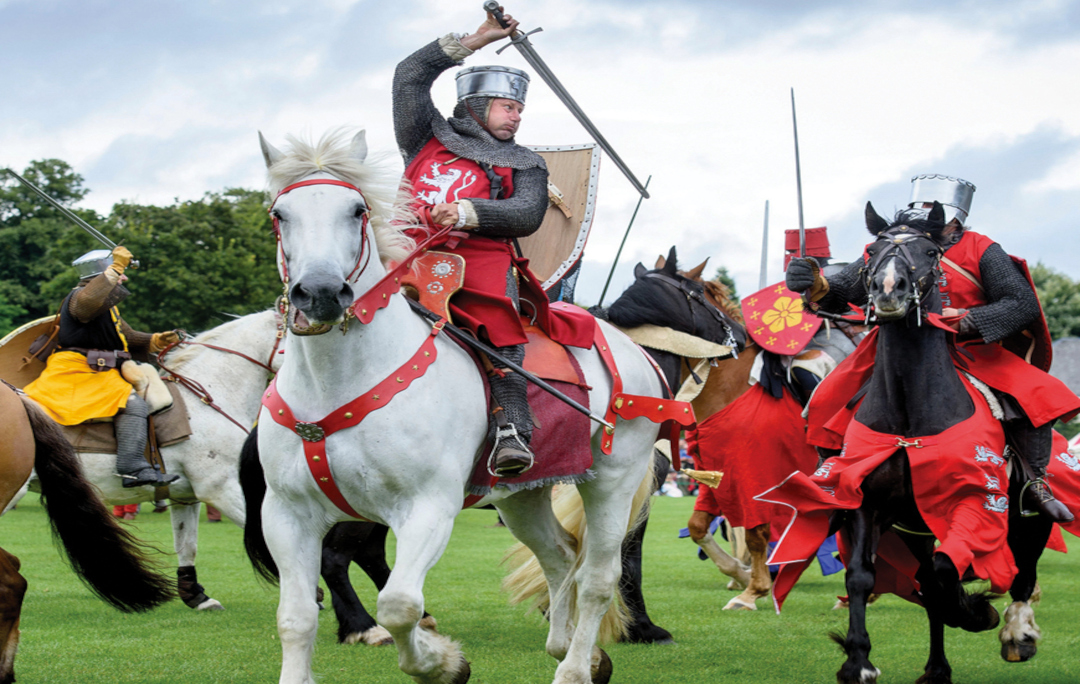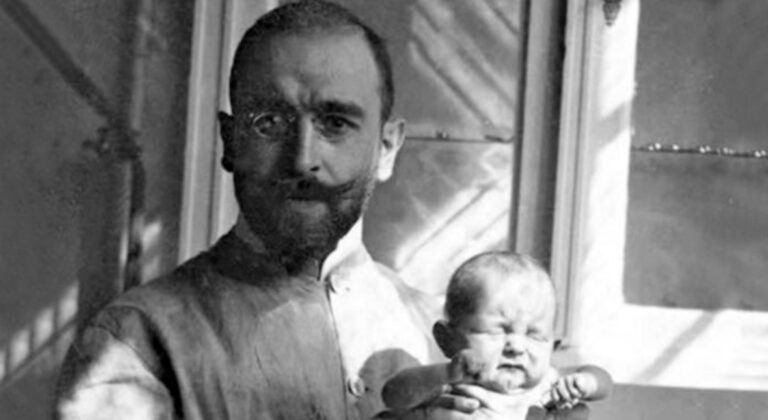On the storm-swept morning of August 4, 1265, the English countryside near the quiet town of Evesham bore witness to one of the bloodiest and most merciless clashes in medieval British history. The Battle of Evesham was no ordinary confrontation between rival armies—it was a calculated act of vengeance, a political assassination masquerading as a military engagement. In just a few hours, the dreams of constitutional reform championed by Simon de Montfort, Earl of Leicester, were brutally crushed beneath the hooves of royalist cavalry.
Simon de Montfort, once hailed as the “uncrowned king of England,” had risen to prominence by leading the Second Barons’ War against the erratic rule of King Henry III. After his astonishing victory at the Battle of Lewes in 1264, Simon held both the king and the young Prince Edward captive. His subsequent rule saw the summoning of England’s first representative parliament, a bold move that earned him both admiration and powerful enemies. Yet in the span of just one year, his hold on power began to unravel. The key to his undoing? Edward’s escape.
Prince Edward—later Edward I, known as “Longshanks”—was not just a charismatic nobleman, but a formidable tactician with an eye for psychological warfare. After breaking free from de Montfort’s custody, he quickly rallied disaffected barons and, most crucially, the Marcher Lords, who despised de Montfort’s attempts to curtail their autonomy. Edward orchestrated a brilliant campaign of misdirection, including a rarely discussed episode where he captured Simon the Younger’s forces at Kenilworth and then used their captured banners to trick de Montfort into a trap near Evesham.
The battlefield itself was a deadly funnel. Evesham lies in a natural loop of the River Avon, and Edward ensured that escape routes were sealed. His forces took the high ground at Green Hill, forcing de Montfort to march uphill into unfavorable terrain while being flanked by two wings of cavalry. Chroniclers note that the storm clouds and heavy rain that day created a grim backdrop, lending a sense of apocalyptic inevitability to the clash. One monk wrote that “it seemed the sky wept for the fate of England.”
De Montfort’s army, numbering around 5,000, was exhausted and demoralized. It included loyal barons, town militias, and a significant contingent of Welsh infantry, many of whom were poorly armed and lacked cavalry support. In contrast, Edward commanded approximately 10,000 well-equipped men, many of whom were seasoned campaigners from the volatile Welsh borderlands. De Montfort’s only chance was a direct assault—an act of desperation rather than strategy.
As the rebel forces advanced uphill, de Montfort is said to have caught sight of the royalist banners and realized the betrayal. One account claims he muttered: “God have mercy on our souls, for our bodies are theirs.” His knights crashed into Edward’s center, where they managed to briefly disrupt the royalist formation and even came close to harming King Henry himself. In a moment of confusion, Henry reportedly cried out, “Spare me, I am your king!”—to which one rebel knight allegedly responded, “You are the reason we fight.”
But the success was short-lived. Edward had deliberately absorbed the shock of de Montfort’s charge, buying time for his cavalry wings to encircle the rebel army. As Welsh infantry began to break and flee, the rebel center was surrounded. The field became a slaughterhouse, with nowhere to run and no quarter given. Chroniclers describe the massacre as unusually savage, even for medieval standards. Captured men were executed on the spot—no ransoms, no mercy.
Simon de Montfort fought on foot after his horse was cut down. He was surrounded by knights including his son Henry de Montfort, and his standard bearer Peter de Montfort—no relation. All died beside him. According to the Annals of Worcester, Simon’s body was so mutilated after death that it was difficult to identify. His head, hands, and genitals were severed—the latter allegedly sent to a supporter of Edward’s as a grotesque token of triumph.
After the battle, the monks of Evesham Abbey refused to bury de Montfort’s remains in their sacred grounds. Yet despite official condemnation, a spontaneous cult of martyrdom sprang up around him. Pilgrims came to his secret burial site and began reporting miracles. For a time, it seemed Simon de Montfort might be canonized as a saint, until Edward—once king—crushed these rumors to extinguish any lingering political threats.
One of the lesser-known aspects of the battle of Evesham is how noble defections during the fight sealed Simon’s fate. Several minor lords, sensing the tide turning, withdrew their troops mid-battle or outright surrendered to Edward’s officers. This level of intra-noble betrayal underscored how fragile de Montfort’s coalition had become, held together more by grievance than vision. His attempts at land redistribution and promotion of commoners had alienated many traditional elites.
In the aftermath, the Dictum of Kenilworth in 1266 formalized royal retribution. Rebel estates were confiscated unless owners paid ruinous fines. Yet paradoxically, Edward—despite overseeing the massacre—would later adopt many of de Montfort’s reforms when he became king in 1272. The Model Parliament of 1295, which included representatives from the towns and counties, bore a striking resemblance to Simon’s revolutionary assembly of 1265. The man once butchered as a traitor had, in the long arc of history, sown the seeds of parliamentary democracy.
The carnage at Evesham shattered the baronial cause. Known to contemporaries as the “murder of Evesham”, the battle of Evesham was not one of chivalry but of vengeance. Edward’s forces offered little quarter. It was, in effect, a pre-modern political purge.
Though resistance flickered in outposts like Kenilworth Castle, the dream of baronial constitutionalism had died with de Montfort. Henry III was restored, and Edward—his son—emerged as the de facto power behind the throne.
Ironically, Edward would later champion many of the reforms de Montfort once fought for. Upon becoming King Edward I, he expanded the role of Parliament and consolidated the legal system—perhaps having learned from the failures and excesses of both his father and his former captor.
Simon de Montfort’s legacy is contentious. To royalists, he was a traitor who overstepped his bounds. To reformers and parliamentarians, he was a proto-democrat who challenged tyranny.
Today, de Montfort is remembered as a flawed but visionary figure—a man who dared to imagine a different kind of England. The Battle of Evesham, though bloody and tragic, marks a pivotal moment in the long arc toward constitutional government.





